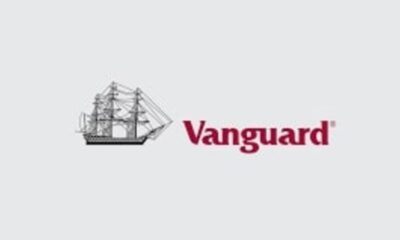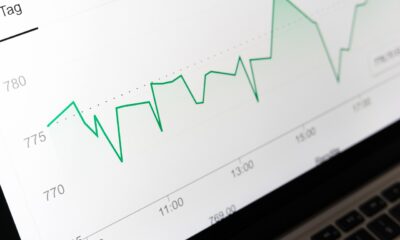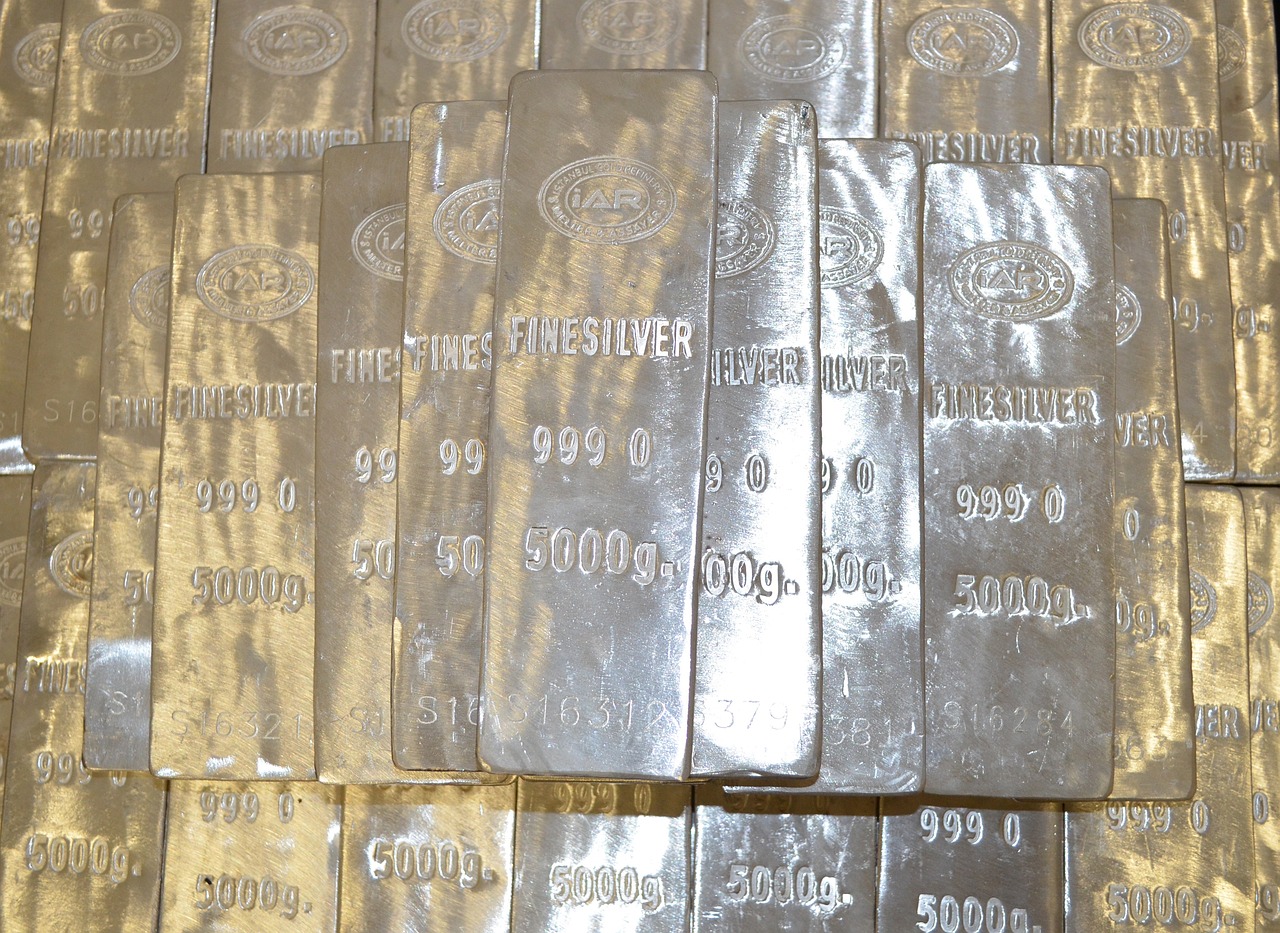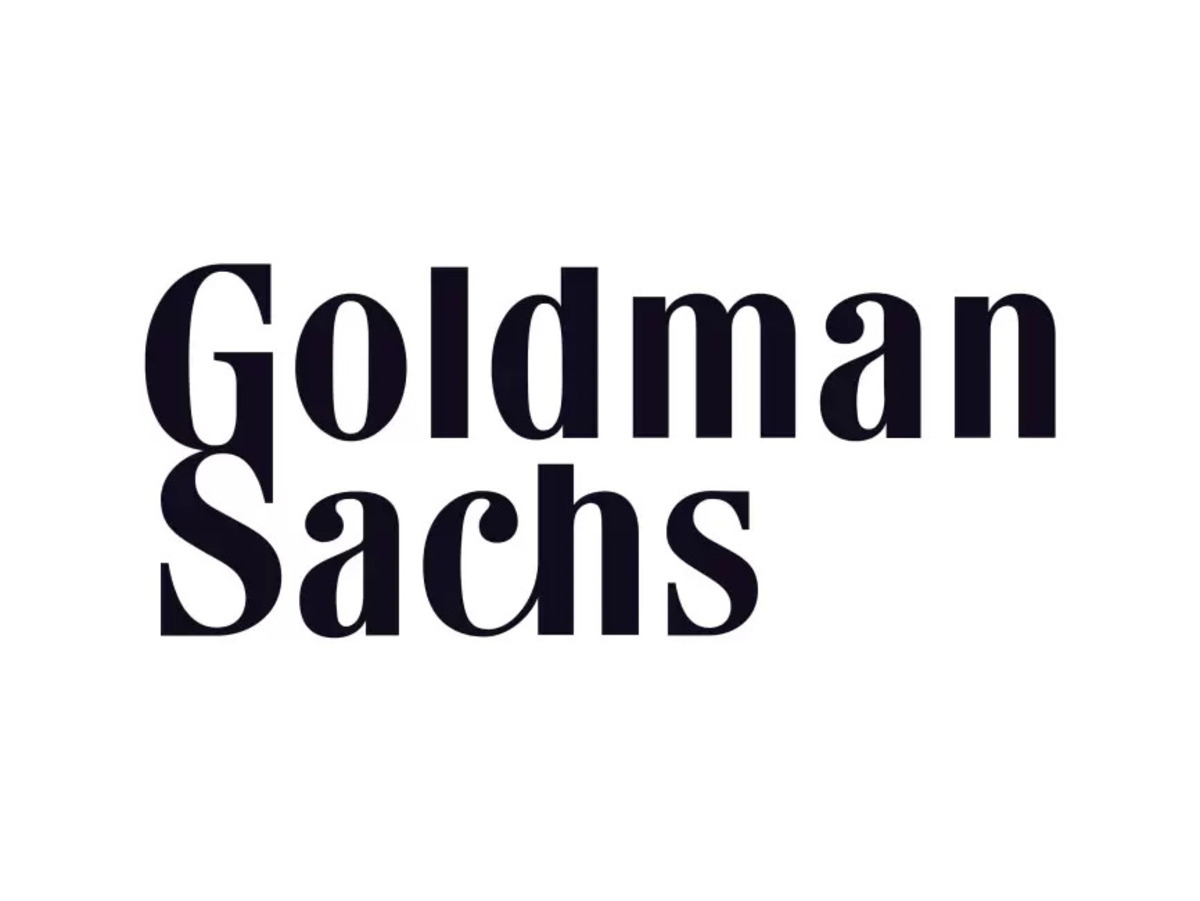Ett likaviktat index kan överträffa det marknadsviktade indexet på en tjurmarknad, säger analytiker. Frågan är då, vad är ett likaviktat index?
Jämförelse av viktade indexfonder
Investerare som satsar på sannolikheter tenderar att investera i passivt förvaltade indexfonder och ökar sin förmögenhet tålmodigt tillsammans med de expanderande amerikanska och globala ekonomierna.
En passivt förvaltad fond är när investeringar inte väljs av en portföljförvaltare och väljs automatiskt för att matcha ett index eller en del av marknaden.
Fram till för 15 år sedan var marknadsviktade indexfonder det enda sättet att investera med detta passiva tillvägagångssätt.
En marknadsviktade indexfond investerar i samma aktier som finns i ett oövervakat index, till exempel S&P 500, och äger en andel relaterad till börsvärdet eller antalet aktier multiplicerat med dess pris. Så de största aktierna ägs i större andel än mindre och medelstora företag.
Indexfonderna S&P 500 Equal Weight (ticker: INDEX) ökade indexfondsindustrin med detta nya sätt att investera i januari 2003. Ett likaviktat index fördelningar av varje aktie i portföljen lika. Så Apple (AAPL) och mindre Stericycle (SRCL) ägs i samma andel i ett likaviktat index.
Indexfonder med likavikt stöder små företag
Medan båda tillvägagångssätten ger investerare en diversifiering, ”kommer ett marknadsvägt tillvägagångssätt att ge en annan avkastning än ett likviktat tillvägagångssätt eftersom de underliggande innehaven hålls i olika proportioner”, säger Kirsty Peev, portföljförvaltare på Halpern Financial i norra Virginia.
Marknadsviktade indexfonder gynnar outperformande och större aktier, medan indexfonder med lika vikt ger medelstora och mindre företag större exponering.
Peev säger: ”Prestationsresultat åt sidan, vi tror inte att någon av metoderna i sig är bättre eller sämre – de fungerar bara annorlunda.”
Båda typerna av fonder har sina fördelar och nackdelar, säger experter.
Shawn Johnson, före detta ordförande för investeringskommittén på State Street Global Advisors, en av de största indexförvaltarna i världen, erkänner att marknadsvärdet i indexen gynnar större företag. Anledningen till detta tillvägagångssätt, säger han, är att marknadsvärdet fungerar som en proxy för likviditet, vilket gör det lättare att handla större företags aktier än mindre företags aktier.
Likviditetsproblemet är mindre viktigt idag, eftersom de flesta aktier i endera indextypen är likvida, säger han.
”Likavikt tar helt enkelt bort big-cap bias”, säger Johnson, som nu är grundare av Guidon Global, ett Boston-baserat värdepappersföretag. ”Detta resulterar i allmänhet i en lägre vägd genomsnittlig marknadsvärde.”
Även om det finns perioder då varje stil överträffar, föredrar analytiker vanligtvis mindre, snabbare växande företag än de större, gynnade i ett marknadsviktat index.
En nackdel med marknadsviktade portföljer är att på grund av den överdrivna koncentrationen i de största företagen är den här typen av indexfonder mer riskfyllda, säger Vijay Vaidyanathan, VD på Optimal Asset Management i Kalifornien. ”En fördel med indexfonder med lika vikt är att lika vikt är ett enkelt och snabbt sätt att få en bättre diversifiering av belönad risk och minska på obetalda risker”, säger Vaidyanathan.
När de investerar i aktier förväntar sig investerare en högre avkastning för riskfyllda tillgångar, säger Vaidyanathan. Med mer av investerarnas pengar fördelade på färre aktier är marknadsviktade indexfonder i sig mer riskfyllda.
Marknadsviktade indexfonder kan ha nackdelar
Marknadsvägda indexfonder är överviktade i företag som för närvarande överträffar marknaden och är mer koncentrerade till färre sektorer, säger investerarexperter. Detta tillvägagångssätt är bra när de stora företagen går bra. Men på lång sikt finns det betydande nackdelar med marknadsviktade indexfonder.
De finansiella marknaderna är cykliska när företagen går in och ut ur förmånen, säger Steven Jon Kaplan, VD för New York-baserade True Contrarian Investments. Eftersom det cap-vägda indexet köper fler large caps, lutar det mot trendigare företag och investerar mindre i de mindre populära företagen, säger han. På lång sikt kommer detta att göra att den underpresterar jämfört med en fond med samma aktier i lika storvikt. Det beror på att övervärderade företag någon gång kommer att återgå till sitt verkliga värde.
Investerare kan jämställa en indexfond med en marknadsvikt med strategin för momentuminvesteringar. Detta tillvägagångssätt investerar i aktier med ökande tillväxt och leder till att marknadskapitalvägda indexets 10 bästa innehav utgör över 20 procent av fondens värde. Det här är fantastiskt när vinnarna fortsätter att växa, men inte så mycket när de kraschar. Tänk på dot-com-bubblan i slutet av 1990-talet när de tekniska älsklingarna blev övervärderade och sedan föll tillbaka.
Däremot är index med lika vikt värdebaserade. Ett värdebaserat investeringssätt gynnar undervärderade aktier med potential att stiga i pris och återgå till verkligt värde. När aktier i Företag A växer och blir mer högt värderade kommer en del att säljas och distribueras till det lägre prissatta Företag B för att bibehålla alla företags lika vikt i indexen. Detta kommer att leda till mer försäljning och potentiella skattekonsekvenser, men prestandadata gynnar modellen med lika vikt.
Forskning stöder också den långsiktiga outperformationen av index över börsvärde. När man jämför SPDR S&P 500 ETF (SPY), en börsindexfond, med Invesco S&P 500 Equal Weight ETF (RSP) under de senaste 15 åren vinner fonden med lika vikt. Trots en högre kostnadskvot var den kumulativa avkastningen från december 2003 till oktober 2018 för RSP 145,98 procent jämfört med 91,05 procent för SPY.
Långsiktiga studier av marknadsvärdevägda jämfört med lika viktade index visar liknande outperformance av indexen med lika vikt.
Slutsatsen i debatten om jämställdhet mot marknadsvikt är att det finns för- och nackdelar med varje tillvägagångssätt. Med större diversifiering och ett böjt värde överträffar indexet med lika vikt över lång sikt. Från 20 oktober till 22 november, en period strax före överflödig börsvolatilitet, förlorade SPY 4 procent medan RSP förlorade bara 0,9 procent. Men det högre förvaltningskostnadsförhållandet för fonder med lika vikt kan äta upp avkastning. För investerare som vill övervikta de bäst presterande företagen är den marknadsvägda indexfonden en bättre satsning.
Slutligen, på en tjurmarknad, när de största företagen överpresterar de mindre företagen, kan investerare förvänta sig att ett marknadsviktat sindex kommer att gå bättre.

 Nyheter3 veckor sedan
Nyheter3 veckor sedan
 Nyheter3 veckor sedan
Nyheter3 veckor sedan
 Nyheter4 veckor sedan
Nyheter4 veckor sedan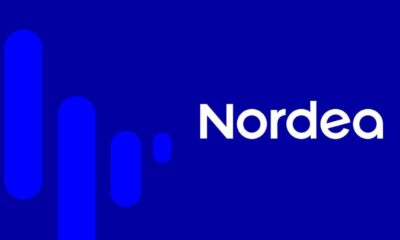
 Nyheter3 veckor sedan
Nyheter3 veckor sedan
 Nyheter4 veckor sedan
Nyheter4 veckor sedan
 Nyheter3 veckor sedan
Nyheter3 veckor sedan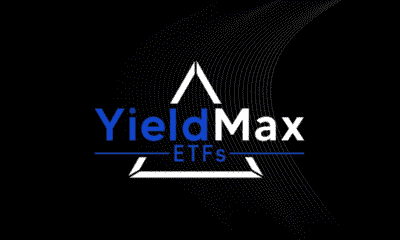
 Nyheter4 veckor sedan
Nyheter4 veckor sedan
 Nyheter4 veckor sedan
Nyheter4 veckor sedan




